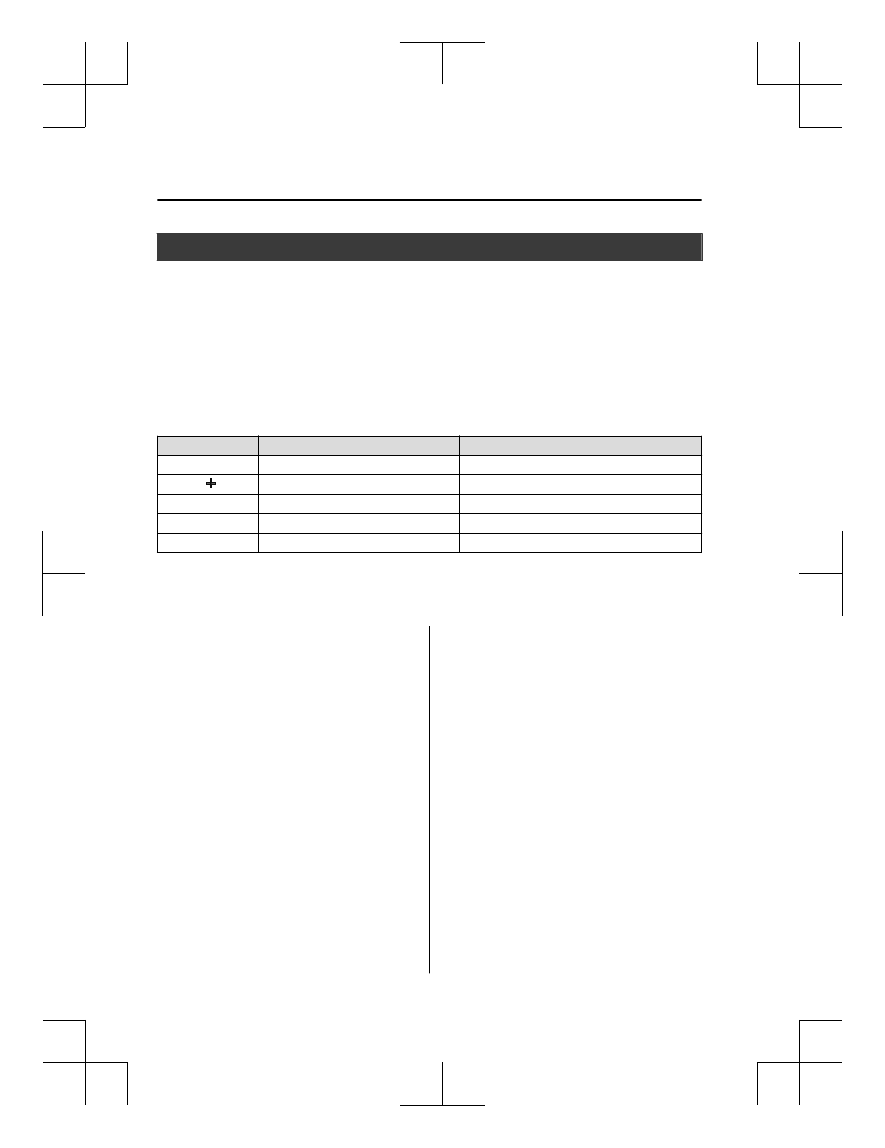Mazda CX-3 (2019 year). Manual - part 3

Child-Restraint System Installation
▼ Categories of Child-Restraint Systems
NOTE
When purchasing, ask the manufacturer of the child-restraint system which type of
child-restraint system is appropriate for your child and vehicle.
(Mexico)
Child-restraint systems are classified into the following 5 groups according to the UNECE
44 regulation.
Group
Age
Weight
0
Up to about 9 months old
Up to 10 kg (up to 22 lb)
0
Up to about 2 years old
Up to 13 kg (up to 29 lb)
1
About 8 months to 4 years old
9 kg ― 18 kg (20 lb ― 40 lb)
2
About 3 to 7 years old
15 kg ― 25 kg (33 lb ― 55 lb)
3
About 6 to 12 years old
22 kg ― 36 kg (48 lb ― 79 lb)
(Except Mexico)
Please comply with the legal regulations concerning the use of child-restraint systems in
your country.
▼ Child-Restraint System Types
In this owner's manual, explanation of
child-restraint systems is provided for the
following three types of popular
child-restraint systems: infant seat, child
seat, booster seat.
NOTE
•
Installation position is determined by
the type of child-restraint system.
Always read the manufacturer's
instructions and this owner's manual
carefully.
•
Due to variations in the design of
child-restraint systems, vehicle seats
and seat belts, all child-restraint systems
may not fit all seating positions. Before
purchasing a child-restraint system, it
should be tested in the specific vehicle
seating position (or positions) where it
is intended to be used. If a previously
purchased child-restraint system does
not fit, you may need to purchase a
different one that will.
Essential Safety Equipment
Child Restraint
2-28
CX-3_8GR7-EA-18B_Edition1
2017-12-20 16:18:14